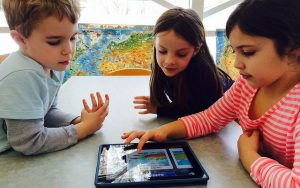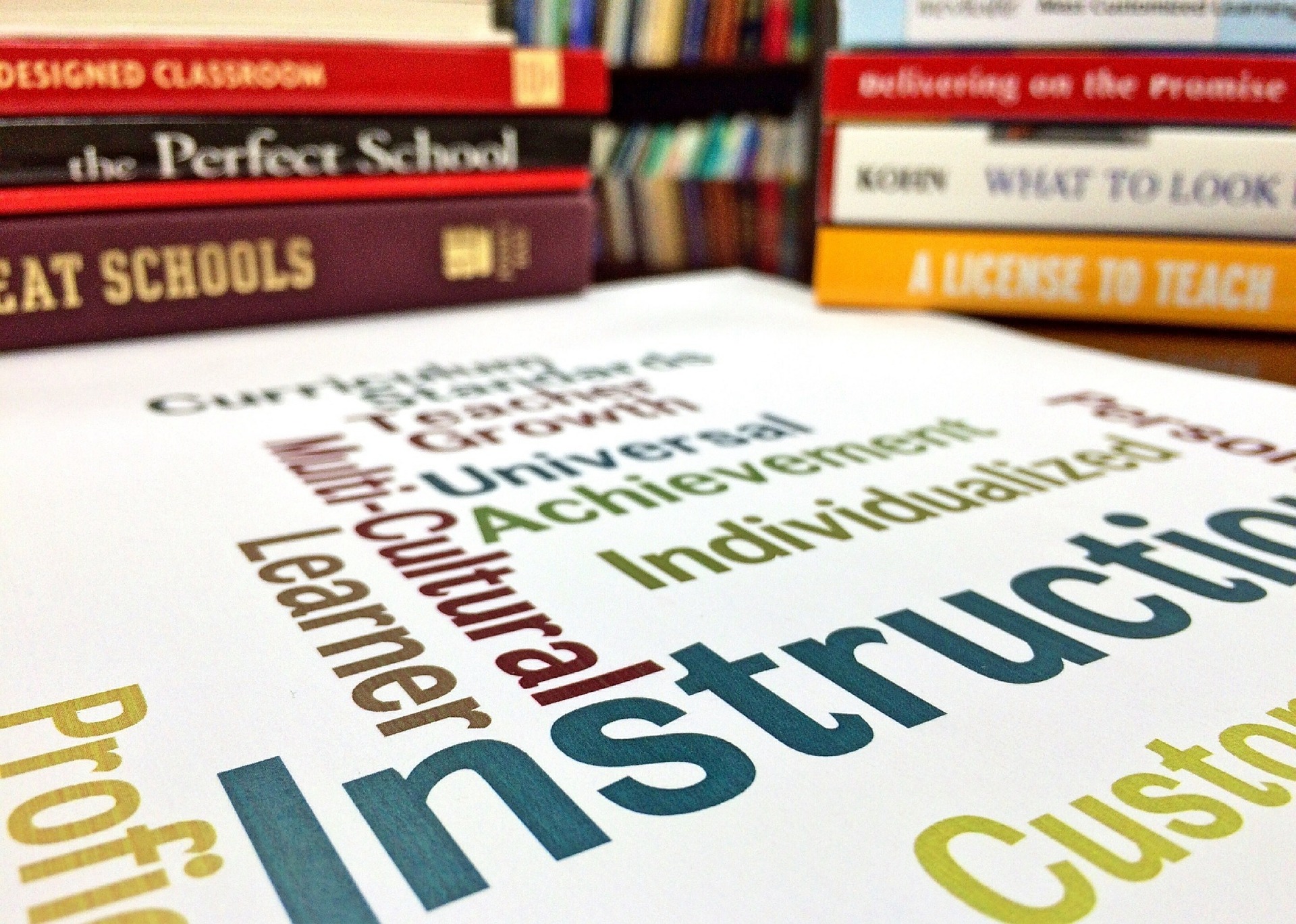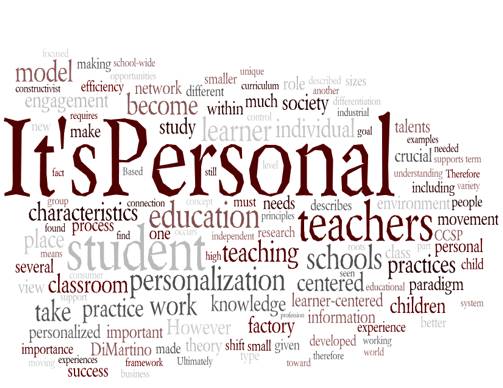Becoming a culturally responsive classroom is hard. To help you along your journey, here is your guide to exploring and respecting the cultural backgrounds of your students while also using diversity as an asset. If you take our advice, you will have a culturally responsive classroom in no time.
Gather a wide base of knowledge about other cultures. This is one of the most critical steps that you as a teacher must take in order to educate students in a culturally responsive way. If you’re an educator, or you’re aspiring to become one, you’d better become familiar with the cultural values, traditions, communication styles, learning preferences, contributions to society, and relationship patterns of their future students.
Don’t just limit yourself to book learning. Granted, you can get some of the education you need by simply reading about cultural diversity. But there is something to be said for genuine interaction and discourse with members of students’ cultures.
Use your knowledge to understand your students better. Yes, it’s true that book knowledge about diverse cultural groups can come in handy when you’re designing lesson plans and educational materials. But taking it one step further, you can often interpret your students’ attitudes and behaviors a lot better if you know more about the cultures they belong to.
Traditional teaching environments force students from those and other groups to modify their thought and behavior patterns to fit standard European-American norms or else face academic and behavioral consequences. However, in a culturally responsive classroom, the onus is instead placed on the instructor to learn about and adapt to the cultural intricacies of the students that they teach.
Avoid stereotyping. This is a big problem that often comes when you are beginning to learn about other cultures. And at first glance, it does seem difficult to apply knowledge about culturally-influenced thoughts and behaviors to the classroom without falling into the traps of over-generalization and stereotyping.
But in order to avoid these problems, your next step is to engage in a rigorous examination of the general cultural practices of their students. This is the beginning of the personal dimension of culturally responsive pedagogy: learning about the specifics of students’ cultural backgrounds and how those cultural patterns and beliefs can be most positively expressed in a real classroom setting.
View each student’s culture as a dynamic and individualized concept. Remember this: a person’s culture represents the sum of many spheres of influence, including context within history, gender, age, religion, family relationships, group memberships, cultural beliefs and practices, historical context, and level of education. Therefore, to avoid stereotyping, the educator must view each student as possessing a personalized culture instead of as a member of a homogenous group.
A bit intimidating? It may seem so at first. However, in practice, there are a variety of methods that can be employed to learn more about a student’s cultural heritage and identity. Read on to Step 6 for some tips on this.
Use classroom assignments as a primary window into your students’ beliefs. Writing assignments can play a significant role in gathering information about student thought patterns and tendencies. Interviews with family members, assignments asking students to write about learning experiences that occur outside of school, and assignments involving family stories and traditions all can play a significant role in discovering information about a students’ cultural heritage. Students’ parents can often be solicited as sources of useful personal information and visiting the neighborhoods where diverse students live can help give educators an idea about the level of social support present and the types of challenges that the student might face outside of the classroom.
Get your students’ names right. It may sound simple enough, but a teacher who does not take the time to even know the names of his or her students, exactly as they should be pronounced, shows a basic lack of respect for those students. Teachers should learn the proper pronunciation of student names and express interest in the etymology of interesting and diverse names.
Encourage students to learn about each other. Teachers should have their students research and share information about their ethnic background as a means of fostering a trusting relationship with both fellow classmates. Students are encouraged to analyze and celebrate differences in traditions, beliefs, and social behaviors. It is of note that this task helps European-American students realize that their beliefs and traditions constitute a culture as well, which is a necessary breakthrough in the development of a truly culturally responsive classroom.
Give students a voice. Another important requirement for creating a nurturing environment for students is reducing the power differential between the instructor and students. Students in an authoritarian classroom may sometimes display negative behaviors as a result of a perceived sense of social injustice; in the culturally diverse classroom, the teacher thus acts more like a facilitator than an instructor. Providing students with questionnaires about what they find to be interesting or important provides them with a measure of power over what they get to learn and provides them with greater intrinsic motivation and connectedness to the material. Allowing students to bring in their own reading material and present it to the class provides them with an opportunity to both interact with and share stories, thoughts, and ideas that are important to their cultural and social perspective.
Be aware of language constraints. In traditional classrooms, students who are not native English speakers often feel marginalized, lost, and pressured into discarding their original language in favor of English. In a culturally responsive classroom, diversity of language is celebrated and the level of instructional materials provided to non-native speakers is tailored to their level of English fluency. Accompanying materials should be provided in the student’s primary language and the student should be encouraged to master English.
Hand out praise accordingly. High expectations for student performance form the core of the motivational techniques used in culturally responsive instruction. Given that culturally responsive instruction is a student-centered philosophy, it should come as no surprise that expectations for achievement are determined and assigned individually for each student. Students don’t receive lavish praise for simple tasks but do receive praise in proportion to their accomplishments. When expectations are not met then encouragement is the primary emotional currency used by the educator. If a student is not completing her work, then one should engage the student positively and help guide the student toward explaining how to complete the initial steps that need to be done to complete a given assignment or task. Once the student has successfully performed the initial steps for successful learning it will boost his sense of efficacy and help facilitate future learning attempts.
While popular among educators in traditional classrooms, reward systems should be considered with caution in a culturally responsive setting. Reward systems can sometimes be useful for convincing unmotivated students to perform tasks in order to get a reward (and hopefully learn something in the process) but they have the undesirable long-term side effect of diminishing intrinsic motivation for learning. This effect is particularly strong for students who were already intrinsically motivated to learn before shifting their focus toward earning rewards. Given that one of the prime goals of culturally responsive instruction is to motivate students to become active participants in their learning, caution and forethought should be used before deciding to introduce a reward system into the equation.
A culturally response, student-centered classroom should never alienate any one student, but should bring all the different backgrounds together in a blended format. Teachers should develop their own strategies, as well as take cues from their students to make a culturally responsive classroom succeed.
Teachers: knock down your own biases first. For many teachers, who hail from a middle-class European-American background, a common side effect of being raised in that dominant Euro-American culture is the self-perception that “I’m an American; I don’t have a culture.” This is actually untrue—European-American culture simply dominates social and behavioral norms and policies to such an extent that those who grow up immersed in it can be entirely unaware of the realities of other cultures.
Fortunately, initial cultural biases can be overcome via hard work and reflection. The necessary element for discarding pre-existing biases is a willingness to go through a process of rigorous self-appraisal in order to learn what needs to be changed to teach in a culturally responsive fashion. A good way to start this process is by writing down reflections about family history, upbringing, and interpersonal relationship styles and how one’s experience may differ from the experience of a person raised in a different culture.
Eventually the focus of this reflection must turn toward one’s ideas about and racism and bias. The culturally responsive educator should reflect on the fears, stereotypes, and biases that they have about individuals that are different from them. Once the educator can recognize that their own personal tastes are not objectively better than those favored by other cultures, they can begin to investigate and appreciate the traditions and values of those cultures.
Now take a deeper look into the cultures of your students. It’s easy to be superficial and fall into the twin traps of over generalization and stereotyping when learning about the different cultures of your students. What is important to keep in mind is that each student’s culture is dynamic and individualized.
A person’s culture represents the sum of many spheres of influence, including context within history, gender, age, religion, family relationships, group memberships, cultural beliefs and practices, historical context, and level of education. To avoid stereotyping, the educator must view each student as possessing a personalized culture instead of as a member of a homogenous group. At first blush this may appear to be a daunting task, but in practice there are a variety of methods that can be employed to learn more about a student’s cultural heritage and identity.
For example, classroom assignments can provide a primary window into a student’s cultural beliefs. Writing assignments can play a significant role in gathering information about student thought patterns and tendencies. Interviews with family members, assignments asking students to write about learning experiences that occur outside of school, and assignments involving family stories and traditions all can play a significant role in unearthing information about a students’ cultural heritage. Students’ parents can often be solicited as sources of useful personal information and visiting the neighborhoods where diverse students live can help give educators an idea about the level of social support present and the types of challenges that the student might face outside of the classroom.
Consider how cultural differences might affect academic performance. A person’s culture and upbringing has a profound effect on how they see the world and how they process information. This fact was discussed by Richard Nisbett in his work, The Geography of Thought: How Asians and Westerners Think Differently. Nisbett worked with psychologists in Japan and China and determined that the holistic way of viewing the world typical of many students from those countries differed from that of their American counterparts, who tended to view the world in parts or distinct classes of objects that could each be defined by a set of rules.
Did we miss any?
References
Culturally responsive teaching is a theory of instruction that was developed by Dr. Gloria Ladson-Billings and has been written about by many other scholars since then. To read more of her work on culturally responsive teaching and other topics, click here to visit her Amazon.com page.


















